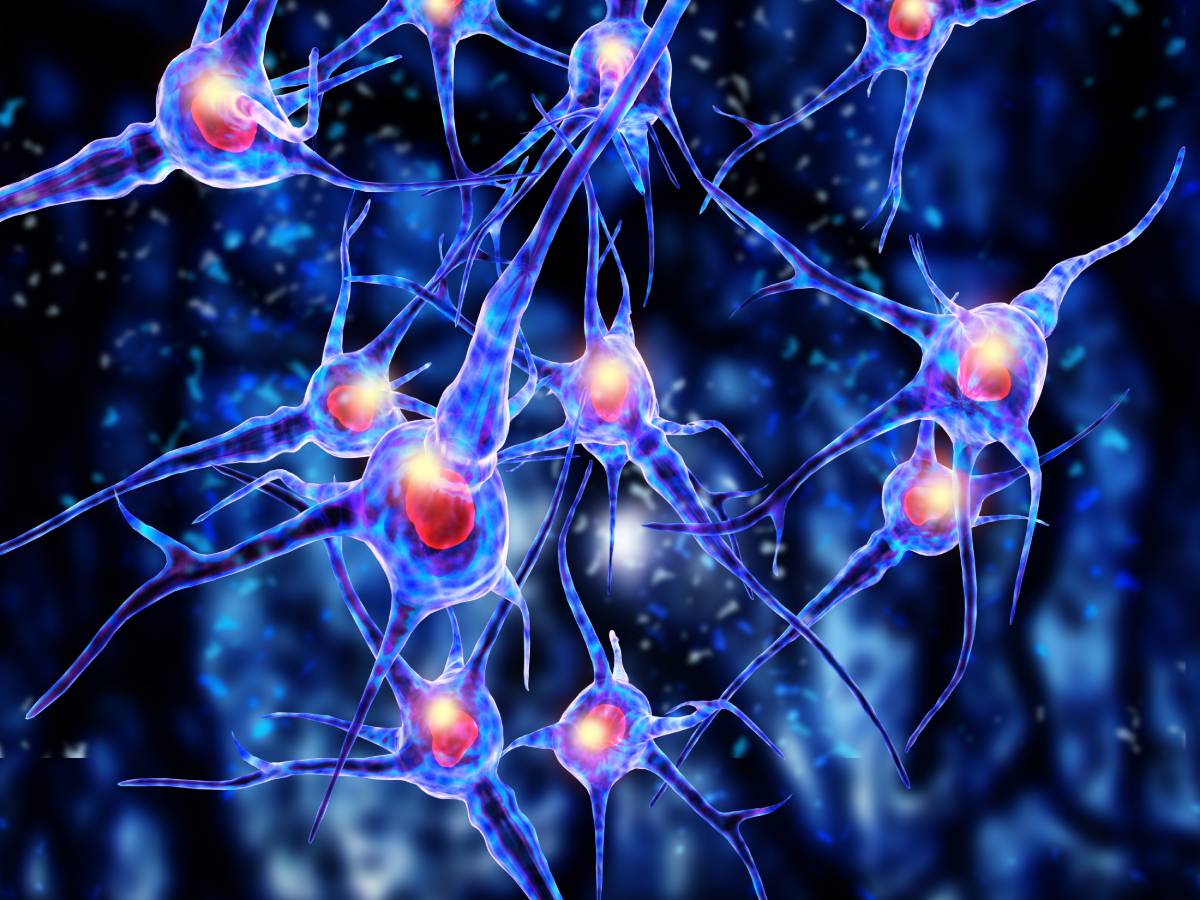Despite the prevalence of neuropathic pain (NP), treating the condition is still a challenge for physicians. A number of existing drugs provide mixed results across patient populations [1]. One of the most commonly used drugs is ketamine [2]. Because N-methyl-D-aspartate receptors (NMDARs) are a leading cause of the development of NP, ketamine’s properties as an NMDAR antagonist have been used as justification for its widespread usage in treatment regimens [1]. Scientists have noted positive effects promoted by ketamine when treating conditions such as refractory pain, phantom limb pain, and postoperative pain, among other conditions [1]. Regardless, ketamine’s efficacy is unclear [1]. Additionally, it has also had significant antidepressant effects in NP patients, who, due to their pain, may develop mental health issues [3]. Other studies have not been as promising: ketamine’s analgesic benefits have been minimal and largely confined to short-term relief [3, 4, 5]. Evidently, a more robust understanding of the drug in this context is necessary.
Another NMDAR antagonist, magnesium, has also been considered for widespread use in treating NP [1]. A 2020 review of magnesium’s efficacy in pain management by Park et al. included three randomized controlled trials (RCTs) that tested magnesium’s effects on patients with neuropathic pain [6]. Two of the three studies did not find magnesium to be more effective than a placebo in reducing neuropathic pain; the third found no difference in pain intensity between placebo and magnesium-receiving groups after four weeks of oral administration [6]. Consequently, magnesium as an independently prescribed treatment is not a particularly promising alternative.
Despite the unclear successes of ketamine and magnesium in treating NP, a synergistic treatment option combining the two drugs seems promising [1]. A preclinical trial reported a decrease in pain when using both ketamine and magnesium, in comparison to ketamine-placebo and placebo-placebo treatments [1]. Another 2011 randomized, double-blind study suggested that ketamine and magnesium sulfate were particularly effective in treating postoperative pain in patients who had just undergone scoliosis surgery [1]. These patients also reported sleeping better when taking this combination [1]. One hypothesis as to why ketamine and magnesium may be more effective when used together is that they alter different locations on the NMDAR channel [1]. In other words, their combined effect may be stronger than their individual effects at the same dose.
However, these results have been difficult to replicate. A double-blind, placebo-controlled experiment of 20 NP patients charted the patients’ pain intensities over 35 days as they received either ketamine-placebo, ketamine-magnesium, or placebo-placebo treatments [2]. The results showed that pain levels across all three groups were largely the same, lending doubt to the efficacy of ketamine and magnesium together, as well as ketamine on its own [2]. Other experiments testing the same combinations have reported similar results [1]. Although these results are not promising for this new treatment, the possibility should not be completely eliminated without further trials experimenting with varying administration times and doses [1].
It is too soon to say whether ketamine in conjunction with magnesium sulfate is an ineffective means of treating neuropathic pain. In the meantime, medical professionals should continue monitoring the relative success of various NMDARs, with caution when determining dosage, given the lack of concrete recommendations governing ketamine and magnesium administration [1].
References
[1] N. Delage et al., “Effect of ketamine combined with magnesium sulfate in neuropathic pain patients (KETAPIN): study protocol for a randomized controlled trial,” Trials, vol. 18, no. 1, p. 1-8, Nov 2011. [Online]. Available: https://doi.org/10.1186/s13063-017-2254-3.
[2] G. Pickering et al., “Ketamine and Magnesium for Refractory Neuropathic Pain: A Randomized, Double-blind, Crossover Trial,” Anesthesiology, vol. 133, no. 1, p. 154-164, May 2020. [Online]. Available: https://doi.org/10.1097/ALN.0000000000003345.
[3] M. Humo et al., “Ketamine induces rapid and sustained antidepressant-like effects in chronic pain induced depression: Role of MAPK signaling pathway,” Progress in Neuropsychopharmacology & Biological Psychiatry, vol. 100, no. 1, p. 1-8, June 2020. [Online]. Available: https://doi.org/10.1016/j.pnpbp.2020.109898.
[4] C. Czarnetzki et al., “Perioperative intravenous low‐dose ketamine for neuropathic pain after major lower back surgery: A randomized, placebo‐controlled study,” European Journal of Pain, vol. 24, no. 3 p. 555-567, Jan 2020. [Online]. Available: https://doi.org/10.1002/ejp.1507.
[5] R. Wang et al., “Controlled delivery of ketamine from reduced graphene oxide hydrogel for neuropathic pain: In vitro and in vivo studies,” Journal of Drug Delivery Science and Technology, vol. 60, no. 1, Dec 2020. [Online]. Available: https://doi.org/10.1016/j.jddst.2020.101964.
[6] R. Park et al., “Efficacy and Safety of Magnesium for the Management of Chronic Pain in Adults: A Systematic Review,” Anesthesia and Analgesia, vol. 131, no. 3, p. 764-775, Sep 2020. [Online]. Available: https://doi.org/10.1213/ANE.0000000000004673.
